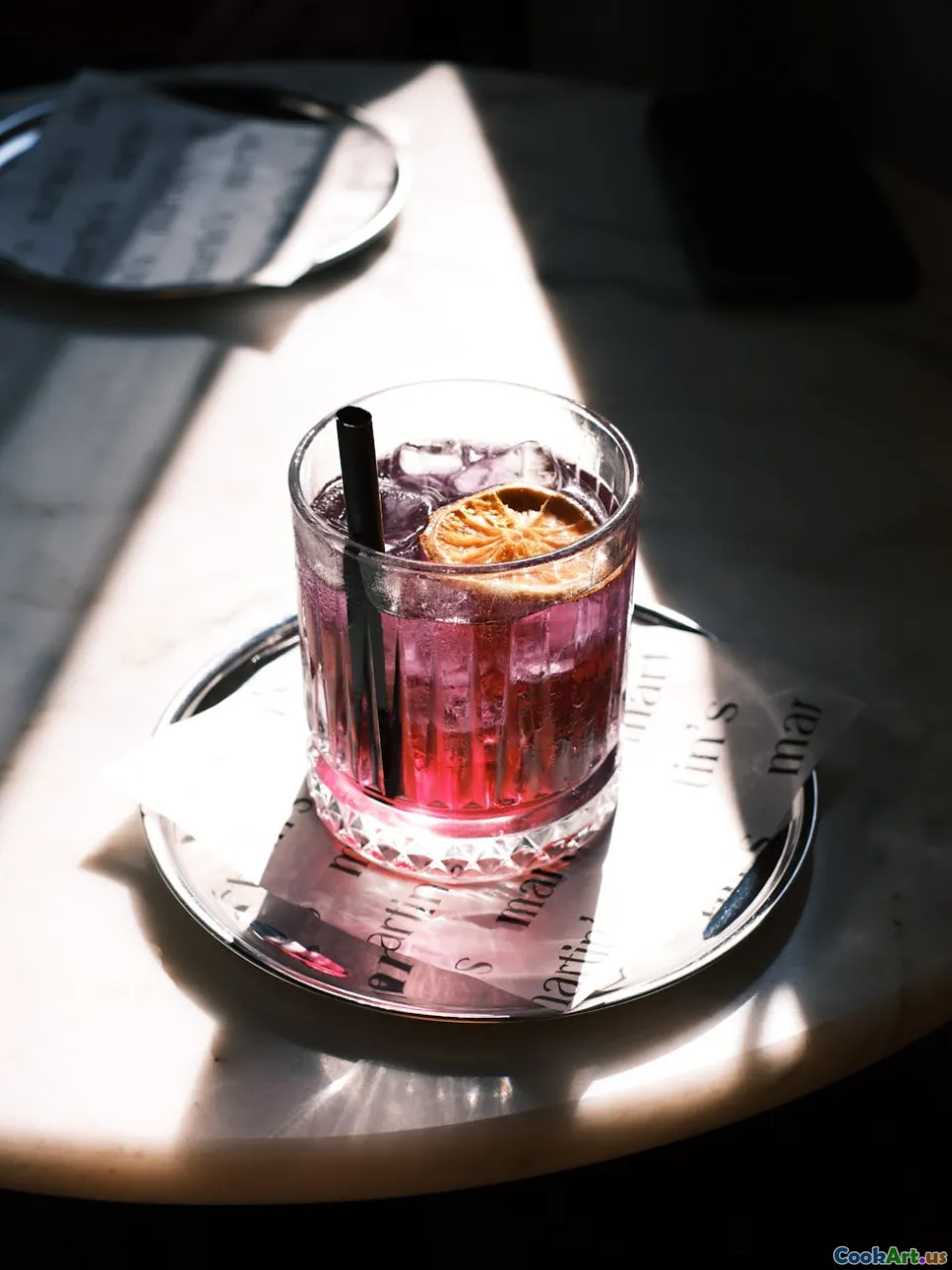The Role of Ice in Cocktail Creation
6 min read Discover how ice transforms cocktails, enhancing flavors and presentation in mixology. April 11, 2025 21:00
The Role of Ice in Cocktail Creation
When it comes to crafting the perfect cocktail, many might focus on the spirits, mixers, and garnishes, but one crucial element often overlooked is ice. Ice is not just a mere filler to chill a drink; it plays a fundamental role in shaping the overall cocktail experience. This article delves into the multifaceted role of ice in cocktail creation, examining its types, effects on flavor, and impact on presentation.
The Science of Ice in Cocktails
Ice is essential for regulating the temperature of cocktails. A well-chilled drink not only enhances the flavors but also contributes to the mouthfeel. When ice is added to a cocktail, it begins to melt, thereby chilling the liquid while simultaneously diluting it. This dilution is critical; it can take a drink from overly strong to perfectly balanced.
Different Types of Ice
-
Cubed Ice: The most common form, cubed ice is versatile and melts at a moderate rate, making it suitable for stirred and shaken cocktails.
-
Crushed Ice: Ideal for tiki drinks or cocktails that need a frosty finish, crushed ice has a larger surface area, resulting in quicker dilution and cooling.
-
Spheres: Large spherical ice is popular for spirit-forward cocktails served neat, as it melts slowly, minimizing dilution.
-
Ice Chips: Often used in blended cocktails, ice chips provide a unique texture while quickly chilling the drink.
Each type serves specific purposes based on the cocktail style, and bartenders often choose ice based on the desired dilution rate and presentation.
Impact on Flavor
The melting of ice can alter the flavor profile of a cocktail. As the ice melts, it releases cold water, which can either enhance or mute certain flavors. For instance, in a whiskey on the rocks, the gradual dilution allows the drinker to experience complex notes as the ice melts. Conversely, in a cocktail like a mojito, too much dilution can mask the fresh mint and lime flavors. Bartenders must balance the amount of ice used and the drink's desired strength to create a harmonious flavor experience.
Ice as a Presentation Element
Beyond its functional properties, ice also serves as a visual centerpiece in cocktails. Clear ice, for example, is aesthetically appealing and suggests quality and craftsmanship. Bartenders often go to great lengths to create crystal-clear ice using methods such as directional freezing, which eliminates air bubbles and impurities.
Creative Ice Shapes
In modern mixology, ice is often shaped into unique forms that enhance the drink's presentation. From ice cubes infused with herbs or fruits to ice molds shaped like diamonds, these creative elements not only elevate the visual appeal but can also contribute subtle flavors to the cocktail. Incorporating colored ice cubes or ice garnishes can create stunning visual effects, making the cocktail more inviting.
Cultural Significance of Ice
Ice has a rich history intertwined with cocktail culture. In the 19th century, ice was a luxury item, transported from frozen lakes to urban centers, where it was used to chill beverages. Iconic cocktails such as the Old Fashioned or the Daiquiri evolved during this time, and the role of ice became central to their preparation. Today, bartenders honor this legacy by using ice as a centerpiece in their craft, furthering the appreciation of this elemental component.
Conclusion
The role of ice in cocktail creation is both significant and complex. From influencing flavor dynamics to enhancing visual presentation, ice is an integral part of the mixology experience. As the craft cocktail movement continues to evolve, understanding the multifaceted role of ice will help bartenders and enthusiasts alike improve their cocktail creations. Next time you sip your drink, take a moment to appreciate the artistry and science behind the ice that brings it all together.









